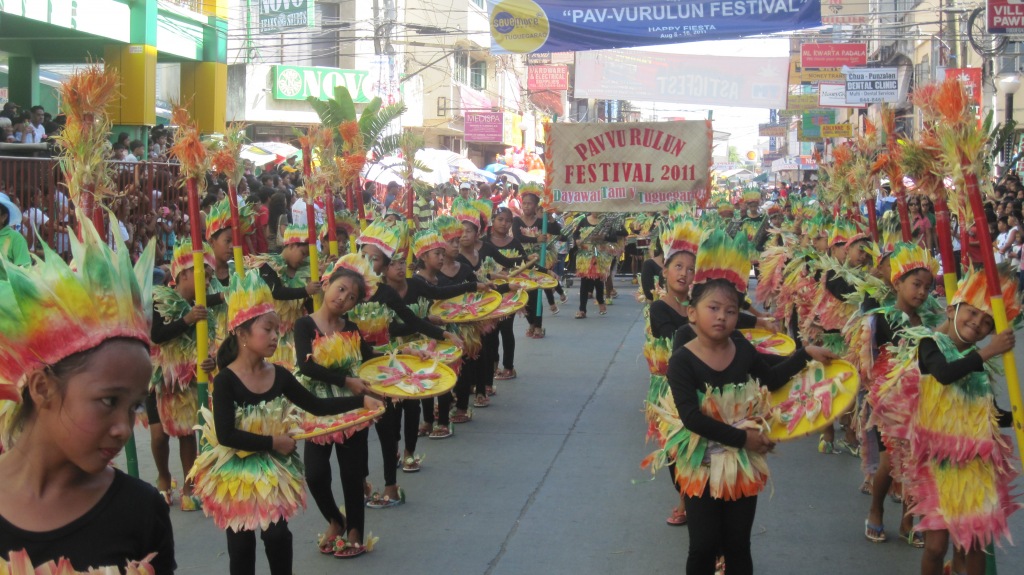Serving as the gateway to Cagayan Valley, Tuguegaro is a bustling metropolis. To its east lies the Sierra Madre Mountains while its west is bordered by the Cordillera Mountains and to its south is the Caraballo Mountains.
The third-class city is also the commercial and industrial center of the province of Cagayan. As such, a record 142 business establishments are registered in town each year. Tuguegarao is also noted for being the warmest city in the Philippines – even holding the record for the warmest recorded temperature in the country at 42.2 degrees Celsius.
Whether in search for adventure or seeking out nature in the Cagayan Valley, Tuguegarao City makes a wonderful base for your journey.
PLACES OF INTEREST
Cagayan is known as an adventure lovers paradise, but it’s also home to quite a few historic churches. And yes, one of them happens to be located in Tuguegarao City.

- Tuguegarao Cathedral – this is the biggest Spanish colonial church in Cagayan Valley. It was built by the Dominicans who came to the valley to evangelize the area. Although the church suffered lots of damage during the Second World War – it lost its pipe organ, three wooden retablos, pulpit, wooden choir and painted wooden ceiling.
And aesthetically speaking, this is one of the most beautiful churches that you can lay your eyes on in the entire country.
- St Hyacinth Church – also known as the Ermita de Piedra de San Jacinto or Stone Chapel of San Jacinto. It’s an elevated historic chapel that dates back to 1604. It’s about 100 years older than the Tuguegarao Cathedral.
The church was used as headquarters by the Americans during the Philippine-American War. It wasn’t damaged that much during the Second World War, so it still retains its original wooden retablo – an item that dates back to the 18th century.

- Cagayan Provincial Museum and Historical Research Center – located at the provincial capitol complex. The museum houses a wide collection that includes artifacts, antiques, ethnography, heirloom pieces, liturgical works and trade wares from the province. There are also fossils of animals that once lived in the valley displayed here.
Additionally, extensive data on Callao Man – a discovery mad by the National Museum of the Philippines of the fossilized remains discovered in Callao Cave – can be found here.
- St Paul University of the Philippines – located along Mabini Street. The school was founded by the Sisters of St Paul of Chartres in 1907. They came to Cagayan upon the invitation of Bishop Dennis Dougherty. The school was formerly housed in a Spanish convento and only moved to this location in 1934 when it was acquired from the Dominican Order.
- Horno – a kiln. This is a brick kiln from the Spanish area located in Barangay Bagumbayan.
FESTIVALS

- Pav-vurulun Festival – an annual weekly celebration that ends on the 16th of August. The event focuses on getting together as the meaning of its name indicates – Pav-vurulum is an Ibanag word for get together. The city celebrates the day in honor of their patron saint, St Hyacinth. The festival is marked by parades, beauty contests, street dancing, music, sports and trade fairs – just to name a few.
EAT

- Pancit Batil Patung – a noodle dish that is unique to Tuguegarao. It gets its name from the way the ingredients are topped over the noodles. The dish contains ground pork and beef, sauteed vegetables, crushed chicharon and fried egg.